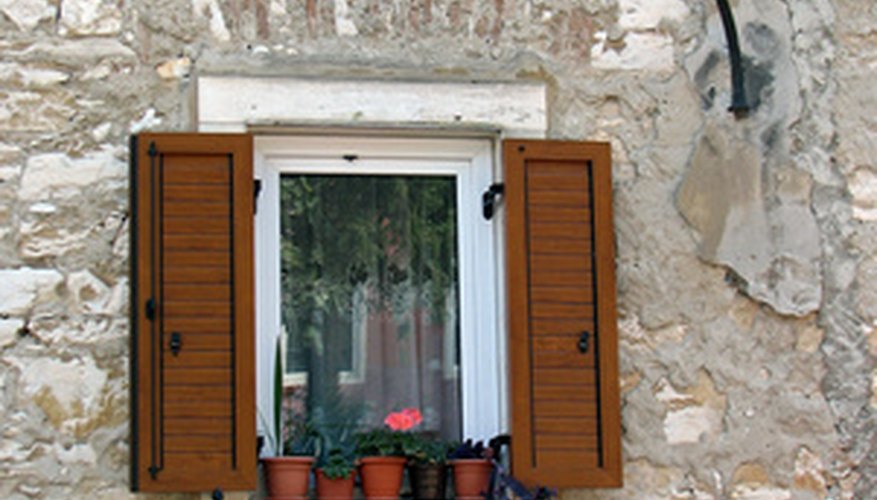Because there are very few building regulation requirements for window height, there is some variations between the heights of windowsills in houses. While a certain amount of flexibility is permitted, modern houses are usually standardised, while older houses vary considerably.
Older homes
In older homes, windows are built into walls so the lintels align with the tops of the door frames at 2 m (6 feet 8 inches). This provides a clean, even look throughout the room. With a 2.4 m (8 foot) ceiling, which was standard, this leaves a 40 cm (16 inch) gap between the lintel and the ceiling, which allows for moulding and even the largest lintels.
Modern homes
Modern homes have considerably higher ceilings, usually ranging from 2.7 to 3 m (9 to 10 feet). At this height, it's foolish to keep the windows at 2 m (6 feet 8 inches), especially with larger windows. However, windows are traditionally about 90 cm (3 feet) from the floor to allow for furniture to be placed beneath them. If the window is much longer, there is no reason to make sure the window is 90 cm (3 feet) from the floor. Modern homes also tend to have deeper rooms, so to keep from restricting the view, windows can be set all the way to up to the ceiling -- even using the cornice as the window's head trim.
- Modern homes have considerably higher ceilings, usually ranging from 2.7 to 3 m (9 to 10 feet).
- However, windows are traditionally about 90 cm (3 feet) from the floor to allow for furniture to be placed beneath them.
Structural concerns
Sometimes structural concerns about the house place certain demands on the placement of windows. Setting a window closer to 25 cm (10 inches) from the ceiling requires the cornice to be raised, which can be expensive. Mounting windows in line with door frames prevents this, but may constrict your architectural vision.
Safety concerns
Often, windows are mounted higher from the floor due to safety issues. In a child's room, windows should be mounted at least 90 cm (3 feet) from the floor, or there should be window guards. Windows with glazing in all parts of the house fewer than 45 cm (18 inches) from the floor must be constructed of safety glass to avoid shattering. Also, windows cannot be mounted more than 1.1 m (44 inches) above the floor due to building regulations regarding emergency egress.
- Often, windows are mounted higher from the floor due to safety issues.
- In a child's room, windows should be mounted at least 90 cm (3 feet) from the floor, or there should be window guards.
Aesthetics
Overall, make sure the window placement throughout a room is consistent to create a smooth, appealing aesthetic.
